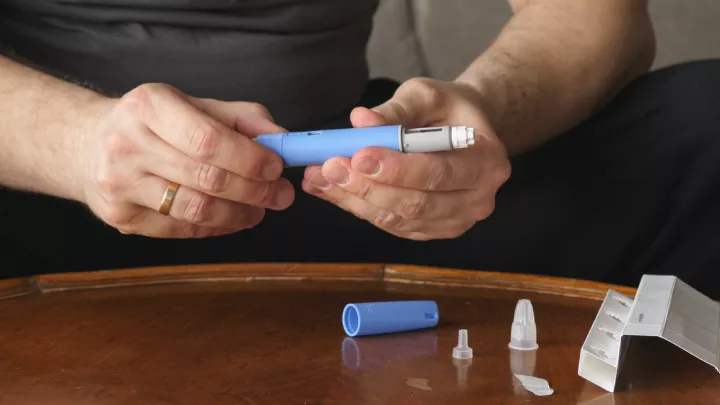Is the nursing shortage real?

A nursing shortage is spreading across the country, and it is projected to continue through 2030.
Below, Nebraska Medicine Chief Nursing Officer Sue Nuss, PhD, BSN, explains:
- Reasons behind the nursing shortage
- How the shortage affects patient care
- Possible ways to combat the issue
Reasons behind the nursing shortage
“Some of my nurse colleagues have experienced multiple shortages over their careers, and they say this is by far the worst,” says Dr. Nuss.
Factors fueling the current shortage include:
- An aging workforce – Baby Boomers, or those born between 1946 and 1964, are retiring from the workforce, and there aren’t enough incoming nurses to replace them.
- Unemployment rates – When the COVID-19 crisis hit, health care workers were not spared from sudden job losses, which widened the already broad gap between the supply of nurses and projected demand.
- Employee burnout – Personal and professional stressors are leading many nurses to leave the field or retire early.
- Lack of interest from young professionals – Nursing schools struggle to attract and retain prospective nursing students, let alone equip them for the growing demands of today’s health care industry.
How the nursing shortage impacts patient care
“There’s a shortage of nurses everywhere, but what impacts patient care the most is the lack of nurses in inpatient or acute care settings,” says Dr. Nuss. “That’s where it’s felt the most because the patients require constant care.”
This is especially true in rural communities. In a 2021 survey of rural hospital leaders, nearly all respondents said they had trouble filling nursing positions. This limits the quality of care those hospitals can provide. Nearly half of the respondents said they had to turn patients away, and 27% said they stopped offering some services altogether due to a lack of nurses.
In hospitals with high patient-to-nurse assignments, nurses experience increased burnout and dissatisfaction. But the impacts don’t stop there. Other health care workers experience similar effects as they attempt to fill the gaps.
All of this can negatively impact patient care in the following ways:
- Overcrowding
- Greater risk of errors
- Higher readmission rates
- Increased mortality rates
Possible ways to combat the nursing shortage
“The problem isn’t going to resolve overnight,” says Dr. Nuss. “Years ago, Johnson & Johnson launched a Campaign for Nursing's Future to enhance the image of the nursing profession, recruit new nurses and help retain existing ones. We need another big campaign like that to ignite a nationwide effort and fix the current shortage.”
In the meantime, Nebraska Medicine is doing its part to attract and retain quality nurses by:
- Creating an atmosphere that appreciates nurses
- Promoting career development and new opportunities in nursing
- Implementing loan payoff incentives
- Giving nurses a stronger voice in the system
- Allowing greater scheduling flexibility where possible
"When anyone asks me about a career in nursing, I share with them that it is hard work - 12 hour shifts are not easy - but being a nurse is extremely rewarding," says Dr. Nuss.
Interested in a nursing career?
View our current nurse openings.




